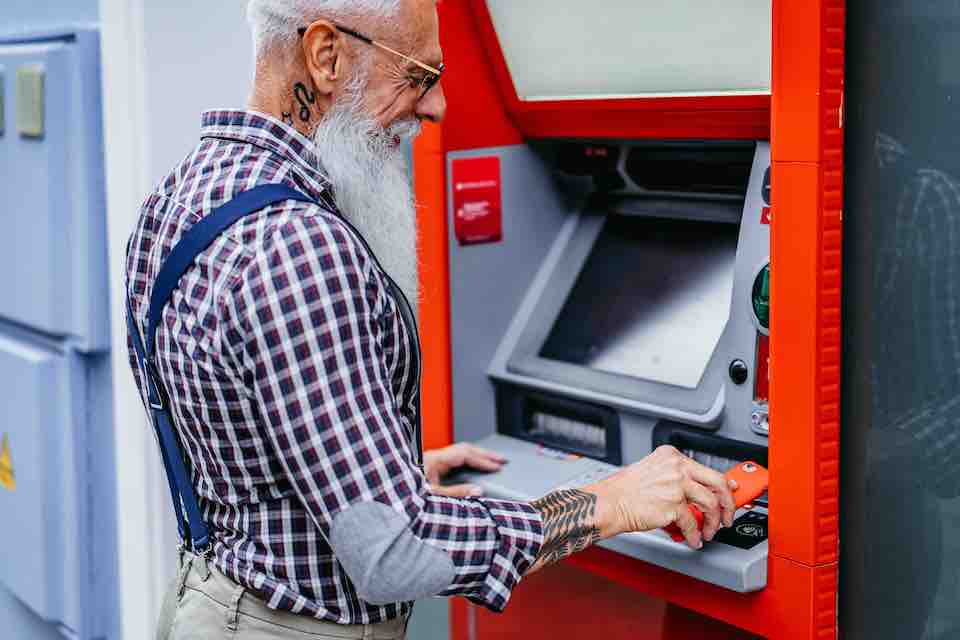Consumers’ Pandemic-Related Aversion to Cash and Coins has Fundamentally Shifted Global Payment Preferences
According to Rapyd’s research, in 2020, consumers formed new preferences for payment methods that don’t make them touch card readers, manually key PINs, touch device screens, or even exit their vehicles. As a result, contactless payments are booming.
Rapyd’s 2020 Survey Found:
- More than half of consumers are now concerned about handling notes and coins
- 60% plan on using online and contactless payments instead of physical currency
- Almost a third would be open to retiring notes and coins from use
Contactless payment methods have been evolving. Innovative retailers are rolling out frictionless payment methods that redefine the consumer experience and create new possibilities for faster and safer commerce.
Here’s What the Future Has in-Store for Contactless Payments
Around the world, cities are letting commuters pay for street parking using tap and go. You can now pay for fast food using facial identification, and in-car payment systems are enabling shoppers to make purchases without even leaving their vehicles.


Playbook for the New Era of Digital Commerce
Get a head start on 2021. Uncover how consumer behavior is changing and identify global trends that will power the next wave of digital commerce.
1. Taps Replace Swipes and Phones Replace Wallets
Tap-and-go card payments at grocery stores and pharmacies grew twice as fast as non-contactless transactions globally and 2.5 times faster in Asia Pacific between March 2019 and 2020, according to Mastercard.
The payment trend hasn’t gone unnoticed by other financial services giants. Visa is investing in the shift, by rolling out a ‘tap-to-phone’ function for Android smartphones, to allow merchants and micro-businesses to turn their phones into contactless POS terminals.
2. Facial ID and Biometrics and Removing the Need for Physical Payments
In California, a fried chicken restaurant chain has turned to contactless payments to speed up its ordering process, while protecting its customers from COVID. Working with PopID and Datacap Systems, Daddy’s Chicken is using kiosks enabled with facial ID technology to help customers easily pay and redeem loyalty points across its locations.
3. Voice Assistants Are Enabling In-Car Payment Options
Soon you may be making more payments in your car, with your car. In-vehicle payments will reach $86 billion in 2025, up from $543 million in 2020. (Juniper Research) In a September report, Juniper pointed to a payments collaboration between Visa and Honda and predicted increasing integration of voice assistants in vehicles will boost adoption of in-car payments. For now, the novelty factor remains with most in-car payments going towards refueling and electric vehicle recharging.
Are Contactless Payments Right for You?
If you’re a digital product leader or finance executive, these developments may give you plenty to consider. Yes, contactless payments are transforming commerce — but financial product developers need to offer the right payment mix for their customers and use cases. Bear in mind these pros and cons if you’re considering rolling out contactless payments or developing a contactless solution of your own.
Contactless Payments: Advantages and Disadvantages |
|
| Advantages of Contactless Payments | Disadvantages of Contactless Payments |
| Faster payments lower checkout times and reduce lines | Lower transaction limits |
| Safe and secure for customers | Still not widely used |
| Less friction during purchase process | Older consumers may prefer contact payments |
| High standard of fraud protection from issuers | Some methods not be possible with all smartphones |
Contactless Payments Will Revolutionize the Way We Buy and Sell
One thing is certain. Contactless payments are here to stay, and the market is set to more than double in size from $8.3 billion to $19.3 billion by 2026. (Valuates Reports) With their ability to support pandemic-friendly transactions, make low-value purchases easier, and support revenue, contactless payments could become a must-have for companies everywhere even faster than analysts are predicting.
Sources
Mastercard. “Mastercard study shows consumers moving to contactless payments for everyday purchases as they seek cleaner, touch-free options.” www.mastercard.com, 29 April 2020, https://newsroom.mastercard.com/asia-pacific/press-releases/mastercard-study-shows-consumers-moving-to-contactless-payments-for-everyday-purchases-as-they-seek-cleaner-touch-free-options/
Juniper Research. “In-Vehicle Payments 2020-2025 Market Survey.” www.juniperresearch.com, https://www.juniperresearch.com/resources/infographics/in-vehicle-payments-statistics.
Valuates Reports. “Contactless Payments Market Size to Reach USD 19.3 Billion by 2026 – Valuates Reports.” prnewswire.com, 04 Aug 2020, https://www.prnewswire.com/news-releases/contactless-payments-market-size-to-reach-usd-19-3-billion-by-2026—valuates-reports-301105482.html.



